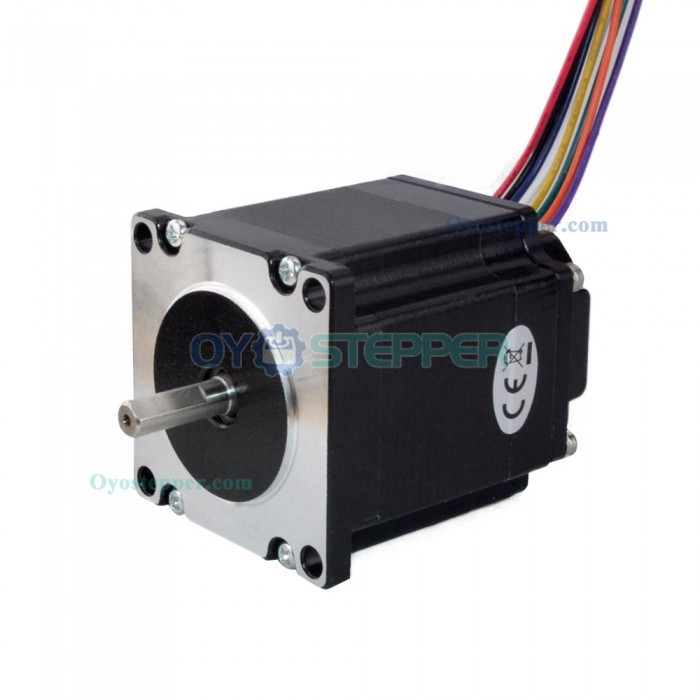Compared with ordinary gear drives, planetary gearbox for stepper motor have many characteristics. The main characteristics of planetary gear transmissions are as follows:
1. Small size, small mass, compact structure, and high load-bearing capacity. This is a common shaft due to the drive and power distribution of the planetary gearbox, as well as the transmission of the central wheel and the reasonable application of internal meshing gears.
2. Drive efficiency. This is because of the symmetry of the planetary gear drive structure. As is well known, there are many types of stepper motor planetary gearboxes. The reaction force of the minute wheel and the rotating arm can be balanced, which is beneficial for transmission efficiency. If the selected driver type is suitable and the structure is reasonable.
3. Comparison of large drives. The drive is larger than a planetary gearbox, and can still maintain the characteristics of compact structure, small volume, and small volume. It can also achieve synthetic decomposition motion and various complex movements. As long as the type of planetary gearbox and distribution scheme is appropriately selected, planetary gears can be achieved through synthesis and motion decomposition, and variables can be used to obtain a large number of gear ratios.
4. The planetary gearbox adopts the same planetary gears, with evenly distributed center wheels, allowing the planetary gears and force balancing arms to move simultaneously, ensuring the stability of the planetary gearbox. At the same time, with the addition of teeth, planetary gears move stably, with stronger impact resistance and vibration resistance, making their work more reliable.
The planetary gear set, also known as a planetary gearbox or planetary reducer, is mainly used to reduce input speed, output low speed, and increase torque to achieve ideal transmission effect.
Advantages:
1. High efficiency: The transmission efficiency of planetary gears can reach over 90%.
2. High precision: The compact structure of planetary gears can effectively ensure the stability of transmission accuracy.
Application:
Planetary gearboxes are widely used, initially in conjunction with electric motors. In addition to being used for micro reduction motors, they are also used in the shading industry, office automation, smart home, production automation, medical equipment, financial machinery, game consoles, and other fields. For example, in industries such as automatic curtains, intelligent toilets, lifting systems, cash registers, advertising lightboxes, and so on.
Source: https://www.steppernews.com/2023/08/the-feature-of-planetary-gearbox-for_18.html


.jpg)



